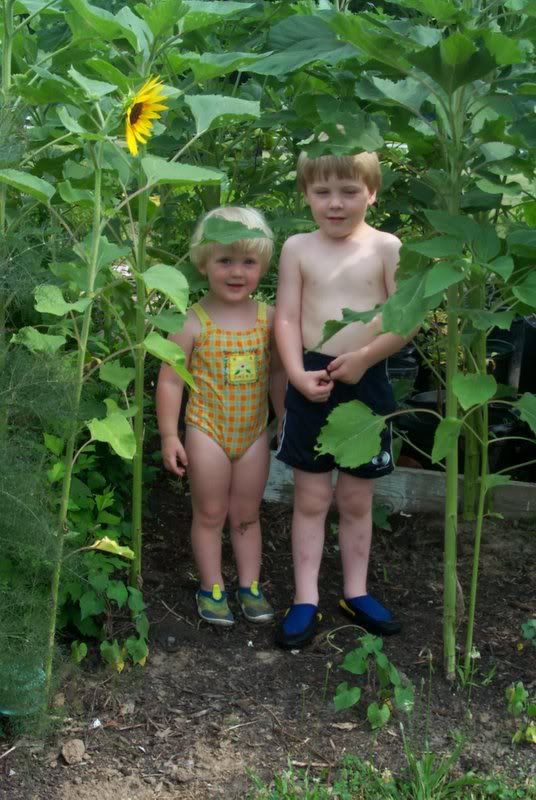 is suggested that not having enough contact with nature can affect their health, academic performance and overall well-being in a negative way. Not to mention, gardening teaches them to appreciate nature, and gives them a little exercise and vitamin D. Ideally, when you hire a nanny, you should make sure that they share your same passion for nature so they will be thrilled to help your child with their garden.
is suggested that not having enough contact with nature can affect their health, academic performance and overall well-being in a negative way. Not to mention, gardening teaches them to appreciate nature, and gives them a little exercise and vitamin D. Ideally, when you hire a nanny, you should make sure that they share your same passion for nature so they will be thrilled to help your child with their garden.Herbs
Some people assume that children can only grow flowers and basic plants, but there are a few herbs that they can easily grow as well. They will love knowing that something they grow with their own two hands contributed to the delicious meal being put on the table.
- Basil – Can you really ever have too much basil in the house? It can be used for pesto, mixed in salads or used in a ton of recipes. Be sure to purchase seeds that are guaranteed to be fusarium-free.
- Thyme – This evergreen offers a lovely fragrance early in the season, and is ideal for making spice rubs.
- Chives – The great thing about chives is that they will come back year after year.
- Oregano – If you want a plant that is a little different, opt for Bristol Cross oregano; it can be placed in a hanging basket, and it grows in a unique ball shape.
- Mint – This is the perfect herb for beginners because it is one of the easiest plants to grow. If you hire a nanny without a green thumb, even they will be able to help your child grow mint.
- Others – Although not all herbs are safe for children to handle, they can also grow dill, tarragon, sage, parsley, chervil, rosemary, coriander and savory.
- Sunflowers – Children love sunflowers because they are so cheerful and vibrant. The seeds are large so they are easy to plant and when they ripen at the end of season, they can eat them.
- Snapdragons – These flowers are as fun to play with as they are to grow. They can easily be planted in beds or containers.
- Daisies – These are often favorites of little girls because they are simple yet pretty. There are many different varieties and some are easier to plant than others.
- Lady’s Mantle – Although not a common plant, these flowers are easy to grow and turn a child’s garden into a magical place. They have large leaves that manage to hold onto drops of morning dew, which sparkles like diamonds in the morning sunshine.
- Pansies – It is pretty much impossible to kill pansies. They come in a multitude of colors from black to purple to blue to yellow so they can mix and match and create a unique display.
- Cherry Tomatoes – These are a must in a child’s vegetable garden. They need full sun, a stake and a lot of compost.
- Snow Peas – This is a quick growing crop that does well in a small space. Snow peas prefer a partially shaded location.
- Potatoes – Here is a crop that is nearly guaranteed to be delivered every time. When the leaves die and the plant collapses, the potatoes are ready to harvest. These can even be grown in old garbage pails or large Rubbermaid containers too.
- Pumpkin – Every child must have a pumpkin growing in their garden so they have their very own one to cut come Halloween. Hopefully you hire a nanny that understands how to use those pumpkin stencils better than you, right? When the pumpkin feels hollow when you tap it, it is ready to harvest. This often takes up to 120 days!
Article provided by nanny.net, your #1 source for everything nanny-related.






































































